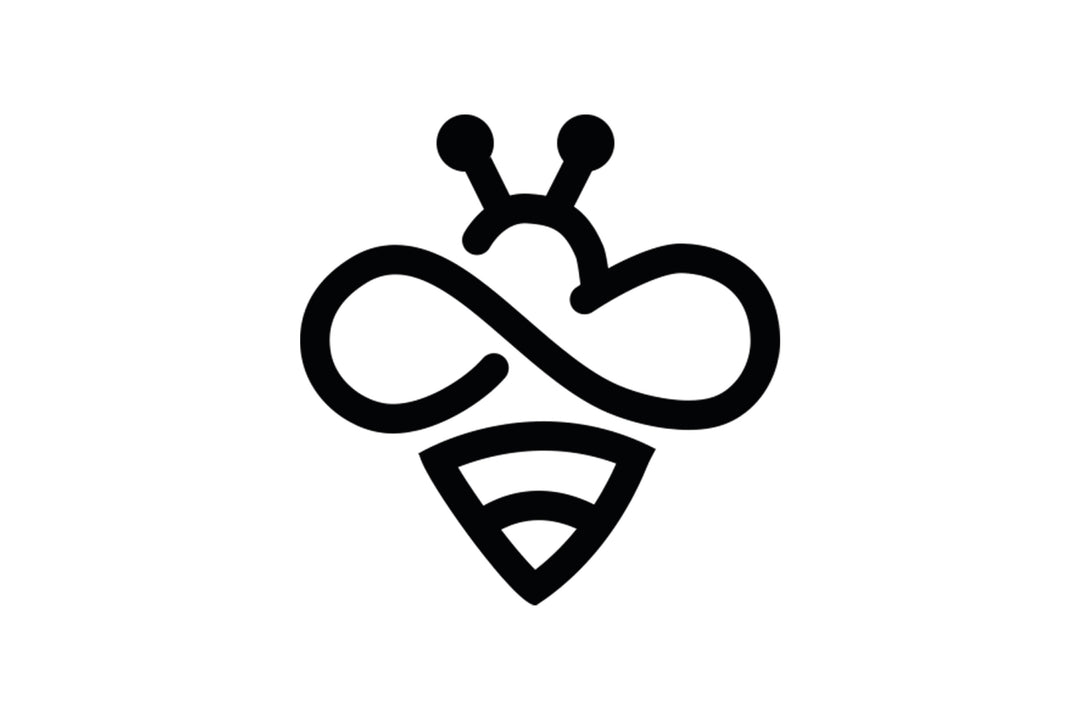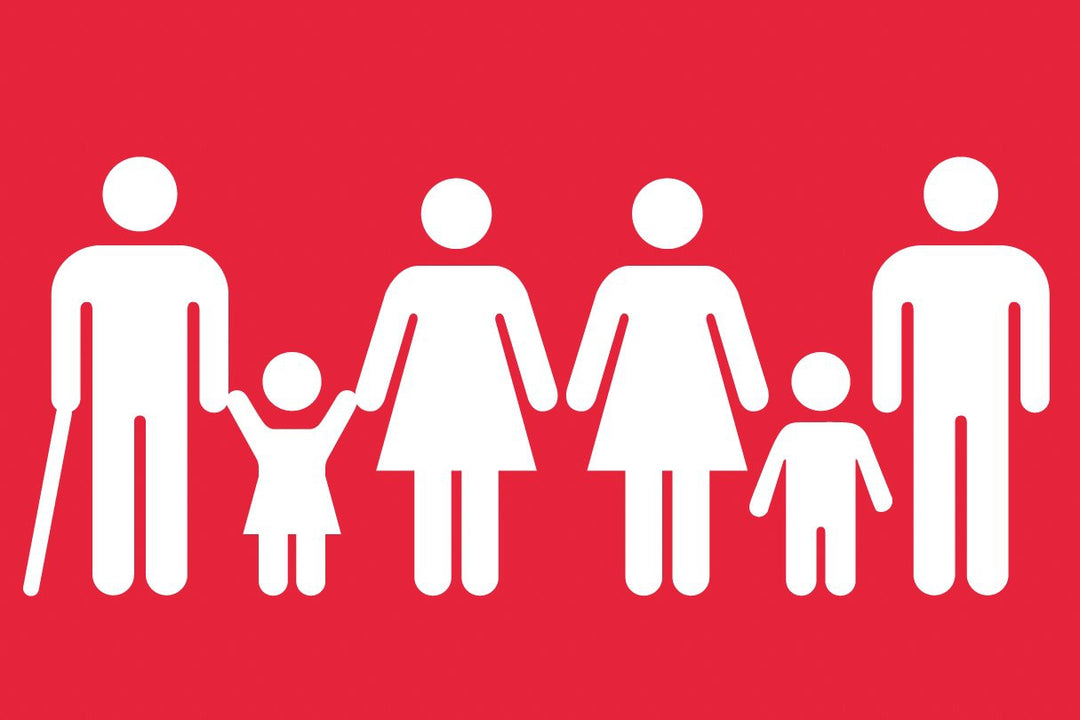Journal

We're all becoming more aware of our environmental footprint. Whether it's saying goodbye to single-use plastic or swapping our cars for a bike when commuting to work, we've all been trying to become more sustainable. As consumers, we're shifting our focus on buying eco-friendly and ethical products, with all of us becoming more informed about the need for industries to become responsible and incorporate sustainability within their supply chains.
We're taking a look at the United Nations 17 sustainability development goals and how the contemporary fashion industry can adapt to meet them.

The glamourous side of the fashion industry is visible to all of us. Fashion models walking on the ramp, being photographed for magazines, wearing the most stylish clothes are familiar sights. In today’s digital era, we see influencers and fashion models flaunting their dresses. However, we only get to learn very little about the origin of the clothes they wear and those who make them. The fast fashion industry is heavily lopsided towards unethical business practices. While the big fashion brands earn billions as profits – they hardly spend a fraction of their earnings on the people who make their products. As a result of this greed for profit – the workers suffer. The fashion industry is abundant with stories of modern slavery and exploitation of the workers to the point of misery.

If you've landed on this article, chances are you're thinking of how to become more sustainable with your fashion choices. Unfortunately, the internet is full of statistics and sometimes conflicting information about the fashion industry. It can seem almost impossible to become truly sustainable when it comes to filling your closet with clothes.
While you'll need to make some changes to shopping habits, it's not the uphill battle some people portray it as. We're sharing four of our top tips for embracing sustainable fashion. Spoiler alert: it's minimalism.

What is the environmental impact of the clothes you wear? This is a question more, and more of us have been asking ourselves. Sustainable fashion has massively risen in popularity over the last decade, as we are choosing to buy sustainable clothing trends rather than cheap fast fashion garments. What’s behind this rise of sustainable fashion? And what role do the youngest generations play in it?

Humans do not have a crystal ball and thus predicting future isn’t easy. However, given our unsustainable practices and with scientific calculations, we can predict with much certainty that deadly consequences for our planet are just on the corner.
We’re looking at a few of the unsustainable aspects of our lives and the cost that they’re having on our planet. With the help of IPPC’s latest report, we’re also taking a look at where our world could be in 30 years and how we can change that outlook.



